2667Views 10Comments
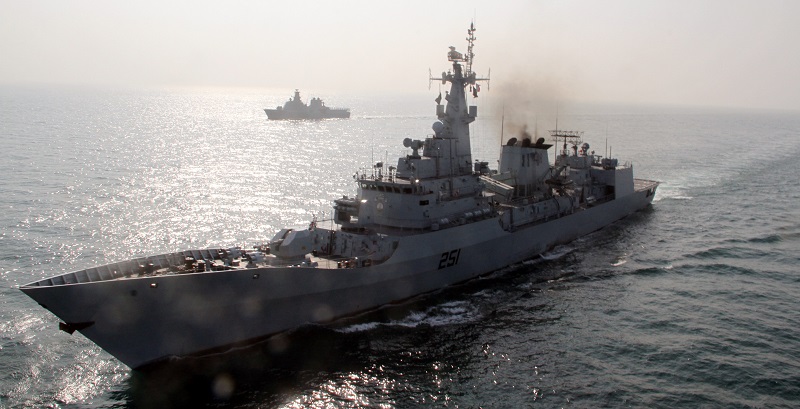
Outgoing Pakistan Navy Chief reveals new frigate purchase from China and ‘Harba’ missile
In his speech during the change-of-command ceremony of the Pakistan Navy, outgoing Chief of Naval Staff (CNS) Admiral Muhammad Zakaullah outlined the Navy’s modernization efforts, which appear to include the acquisition of new frigates from China.
The statement was made in the context of new acquisitions, wherein Zakaullah detailed the procurement of eight new air-independent propulsion (AIP) submarines (i.e. Hangor II-class), additional Azmat-class fast attack missile craft – also known as FAC(M) – and offshore patrol vessels (OPV) from Damen Shipyards.
Zakaullah had added that an agreement had been reached with China for the acquisition of new frigates. Additional details, such as the design, displacement and/or desired capabilities were not disclosed.
Of the prior naval contracts, Zakaullah confirmed that work was underway on the implementation of the submarine order (which is due for completion by 2028) and that one of the two Damen OPVs will be built at Karachi Shipyard & Engineering Works (KSEW).
In tandem, the outgoing CNS also outlined efforts being undertaken to modernize the Pakistan Naval Air Arm. The PN ATR-72s that have been undergoing maritime patrol aircraft (MPA) conversion at Rheinland Air Service (RAS) in Germany are due in January 2018, while the additional Sea King helicopters acquired from the U.K (and refurbished by Vector Aerospace) will be inducted by the end of 2017.
Speaking of efforts to build the Navy’s offensive capabilities, Zakaullah had touched upon the Babur 3 sub-launched cruise missile (SLCM) and Zarb shore-based anti-ship missile (AShM), which had been disclosed in January 2017 and April 2016, respectively.
Zakaullah also revealed the existence of a new surface-to-surface missile (SSM) designated “Harba”, which he stated was ready for use. The outgoing CNS praised the domestic defence industry for bringing each of those programs to fruition. Specifics of the Harba SSM are not known.
Admiral Muhammad Zakaullah was succeeded by Admiral Zafar Mahmood Abbasi as the Pakistan Navy’s Chief of Naval Staff.
Notes & Comments:
The Pakistan Navy’s frigate selection would depend on its budget and desired capabilities. However, this announcement now confirms that the PN has a successor route in place for the Type 21. It is not known how this impacts the proposed purchase of four MILGEM Ada corvettes from Turkey. Though Pakistan had signed a letter-of-intent in May, it has yet to finalize the process.
However, the MILGEM Ada was designed for ASW operations. It does not benefit from an anti-air warfare (AAW) element besides PDMS, but it was tailored for a specific role – i.e. to protect littoral waters and to support peacetime missions such as policing one’s sea-lanes and exclusive economic zone (EEZ). The Ada (especially without VLS-based AAW) and the Chinese frigate may not be mutually exclusive in terms of the PN’s acquisition plans. In January, Quwa had noted, “If the MILGEM-G [i.e. MILGEM with VLS] is not being sought, then the Pakistan Navy could have its eyes on a CSOC frigate, be it an improved version of the C28A (itself an improvement of the F-22P), but with VLS, or a new design.”
In 2016-2017 the China Shipbuilding and Offshore International Company (CSOC) had revealed a new line-up of multi-mission frigate designs. These included, among others, the 2,800-ton Tiger-class frigate, a new 2,450-ton trimaran-hull frigate and 4,000-ton multi-mission frigate.
The Tiger-class frigate appears to be an evolution of the F-22P, but with a stealthier (i.e. lower radar cross-section) hull coupled with a 16-cell vertical-launch system (VLS) for surface-to-air missiles (SAM). As per Monch Publishing, the Tiger-class has a displacement of 2,780 tons and can be equipped with dual quad-cell (2×4) AShM launchers, two triple (2×3) anti-submarine warfare (ASW) torpedo-launchers, a 76-mm main gun, a 30-mm gun and 24-cell point-defence missile system (PDMS). The Tiger-class can reach a top speed of 27 knots and a ferry range of 4,000 nm at 15 knots.
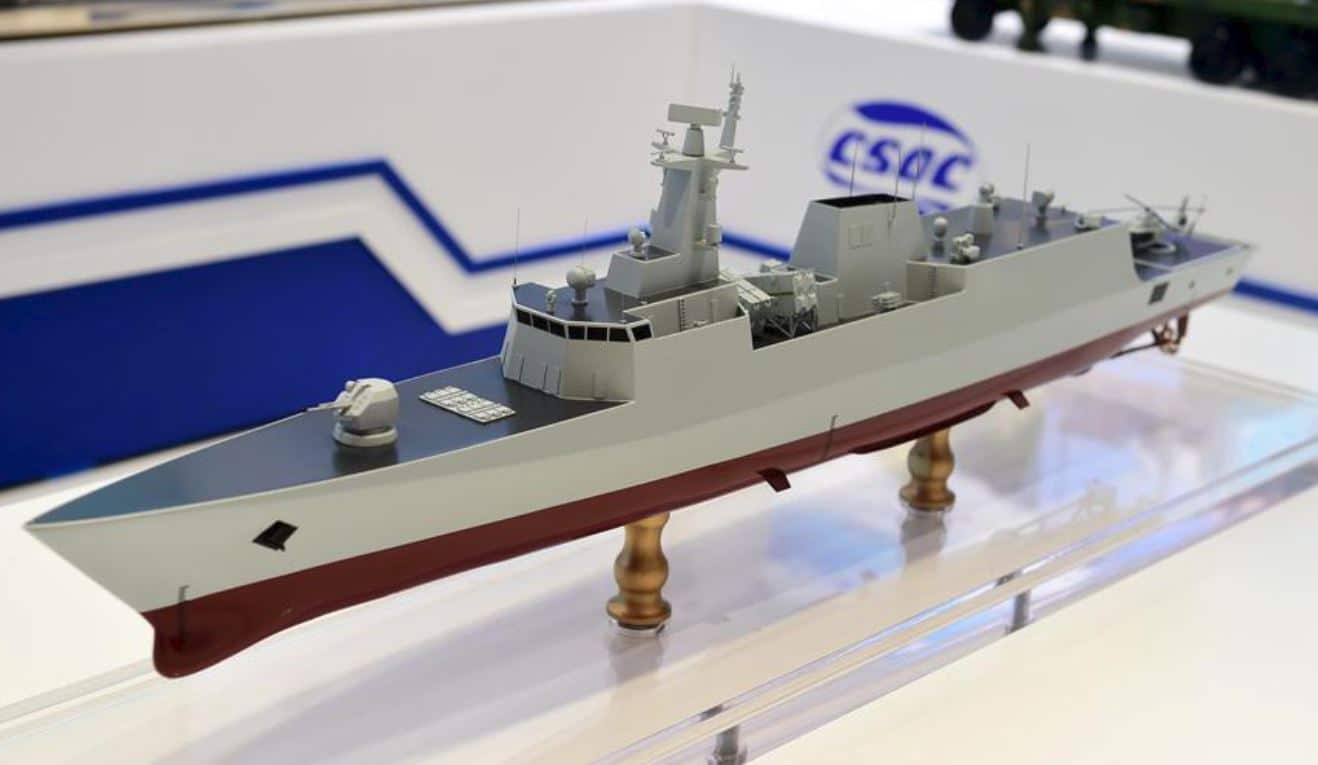
The trimaran-hull frigate displaces at 2,450 tons, but is armed with a 32-cell VLS, 2×4 AShM launchers and a 76-mm main gun. It is not known if the trimaran-hull frigate is capable of ASW, but the aim of the design is to reach a markedly higher top speed than most other frigates – i.e. 30-35 knots.
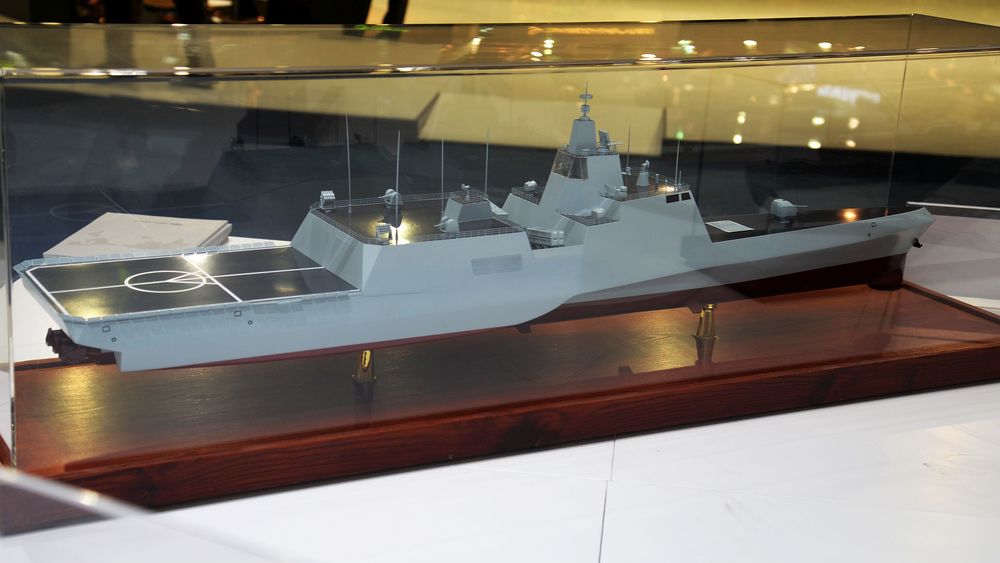
CSOC’s 4,000-ton multi-mission frigate design retains the AShW and ASW capabilities of its sibling designs, coupling them with a 32-cell VLS system for SAMs. It is considered a variant of the Type 054, but with a “renewed superstructure” (IHS Jane’s). It featured a phased-array radar with a complementary over-the-horizon (OTH) radar for long-range passive surveillance of aerial and surface targets.
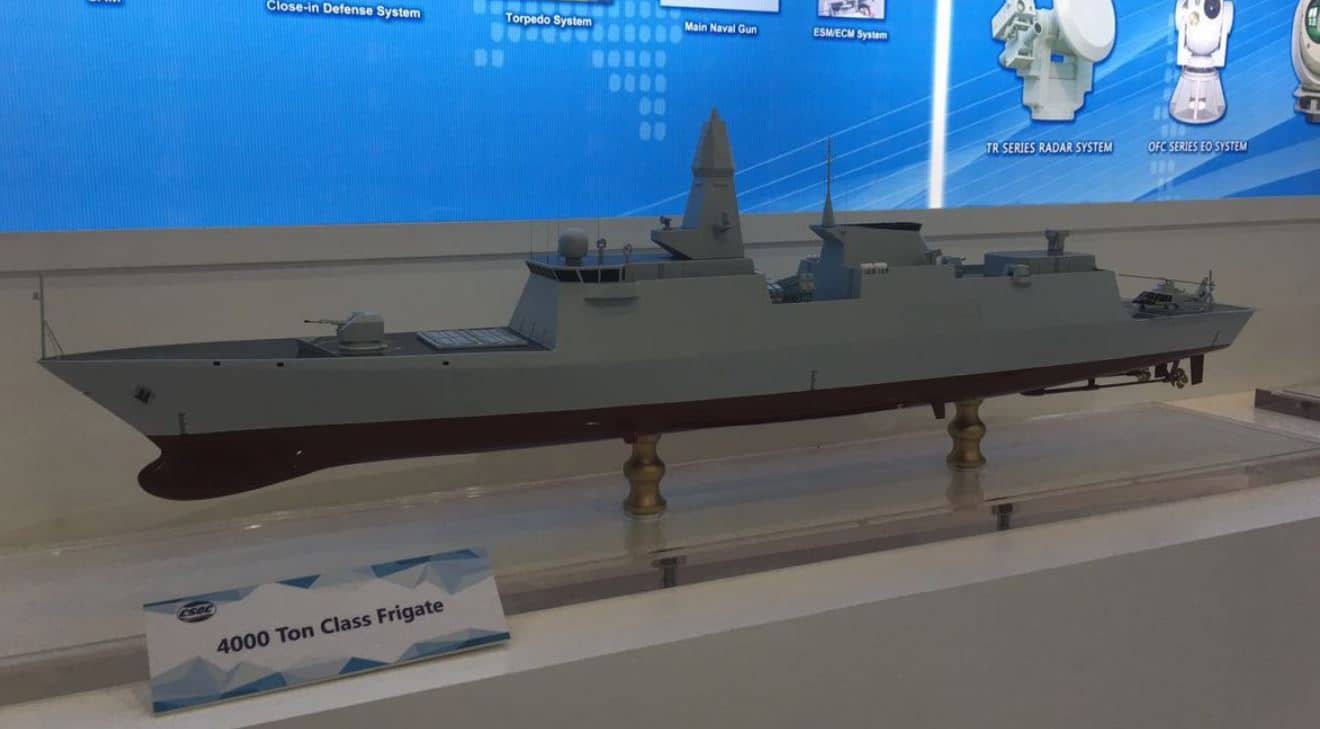
At the 2016 International Defence Exhibition and Seminar (IDEAS) in Karachi, CSOC had displayed a frigate model of a new platform. The frigate was fitted with a full sensor suite akin to the 4,000-ton design (i.e. with a passive OTH radar paired to an FCR). Like the 4,000-ton frigate, this unknown design also had a 32-cell VLS system.


The future-oriented approach would be to select a design that uses a SAM with a terminal-stage active-seeker. The HQ-16 is a semi-active radar-homing (SARH) SAM, which requires the use of a separate target illumination radar (STIR) to maintain a constant lock on the target for the missile. An active-seeker SAM could have its inertial navigation system (INS) linked to a fire control radar (FCR), which would feed the missile with guidance information of the target until the missile is sufficiently close to switch to its terminal seeker.
Regarding the Harba SSM, specific details are not known. However, there have been reports of Pakistan developing its own AShM platform. The Ministry of Defence Production’s (MoDP) annual report had also listed the development of “the indigenous (sic) developing of ship-borne system with Land Attack Missile and Anti ship Missile” for completion by October 2018. In March, Pakistan also tested a ‘long-range’ AShM from land, though it not did disclose the model or technical specifications.
Pakistan has the option of recycling the development of the Babur land-attack cruise missile (LACM) into an AShM. In fact, Inter Services Public Relations (ISPR) had stated that the Babur Version-2 was capable of engaging targets on land and at sea. With regards to the Harba, a possibility could be fitting the Babur Version-2 with an INS-supported terminal-stage active radar-homing or imaging infrared seeker.

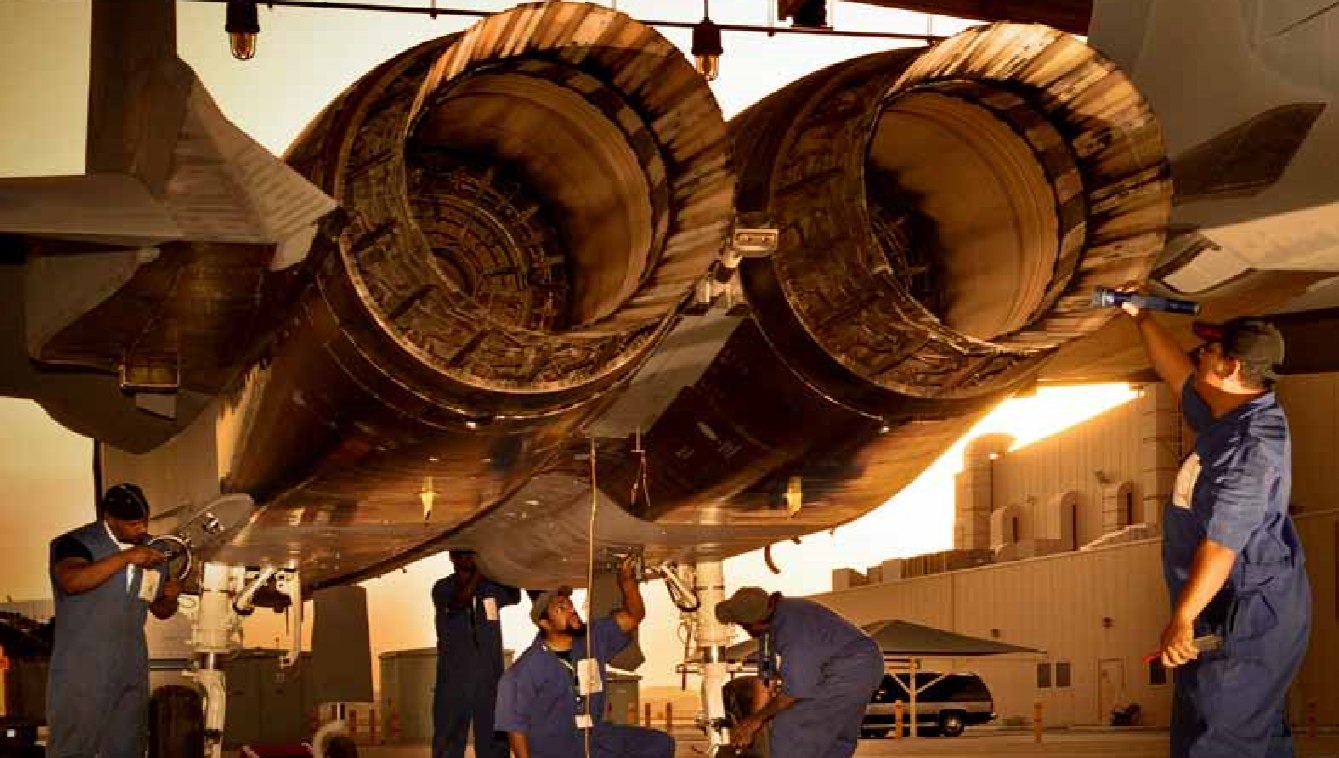
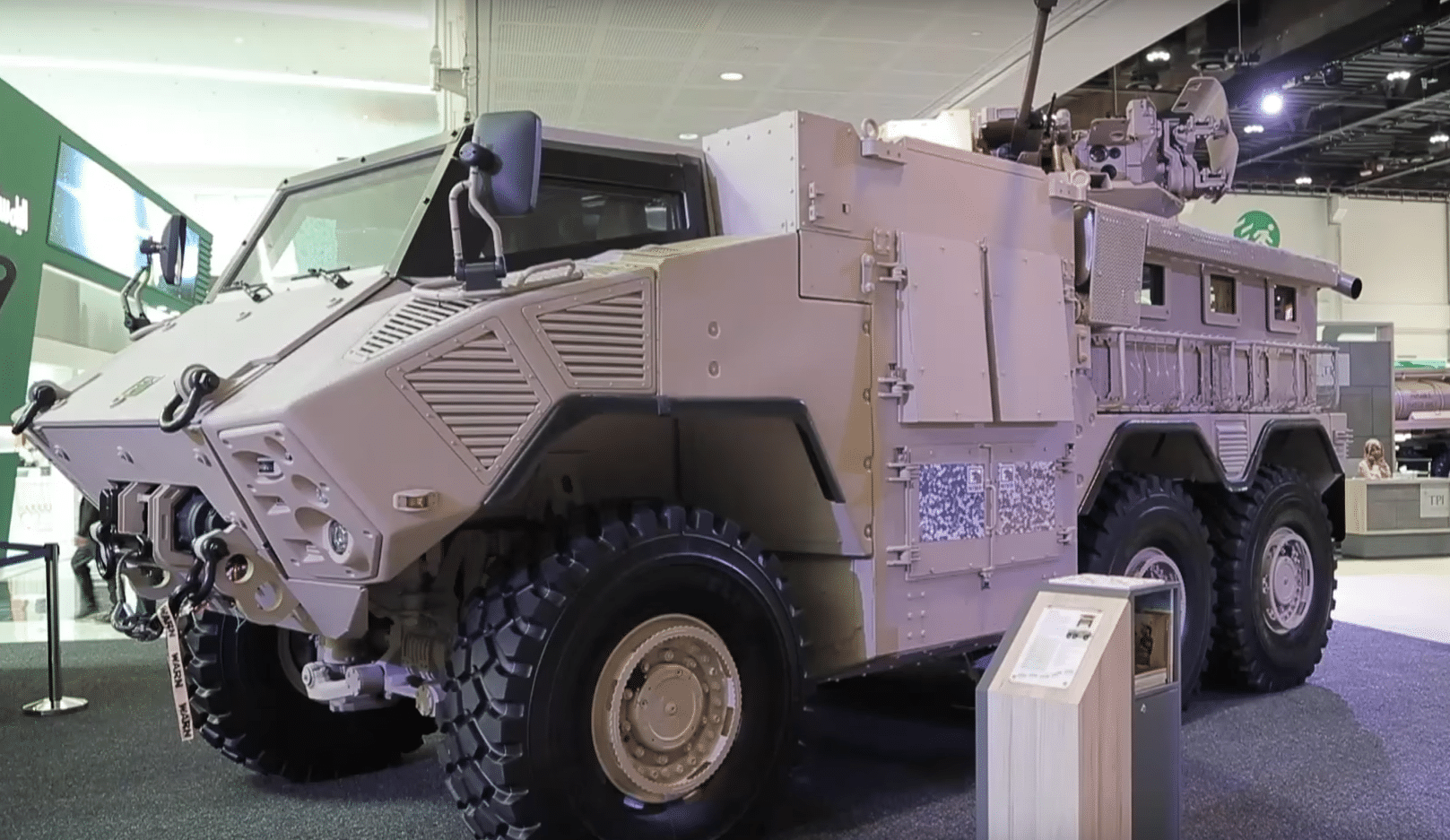
10 Comments
by Irfan Ullah
The much needed decision ,pakistan must go for 32 VLS design.PN should also go for adda class MILGEM with VLS option .
by Hashim Rasheed
SO we should be expecting a missile test by the Navy in the coming days?? Not sure why Pakistan is not working on a surface-to-air missile. With the aim of inducting VLS on their ships, Pakistan should be looking actively to develop this capability, not just for ships, but for broader air defense purposes.
by Jigsaw
To me what it actually underscores is that Pakistan navy is in process of quietly reimagining itself to come out of the shadows of being seen as a littoral naval arm to a full fledged naval force capable of taking on strategic ops. That’s what a lot of people have been demanding of Pakistan navy in last few years especially in context of the CPEC challenge and nuclear triad completion. It seems that the navy is finally being entrusted with a bigger role here to ensure security of CPEC, provide traditional defence, and more recently, be able to carry out strategic ops if need be. It also shows that while a lot may go unannounced on the media right away, there’s stuff going on quietly and deals getting signed, exact nature of which may never be revealed. Thirdly, the fact that majority of Pakistan’s dealings are with China and Turkey now (barring financial aspects), it’s an indication that Pakistan may want to be keeping acquisition of its new capabilities hush hush while asking for greater customization against sensitive stuff.
Let’s see what this leads.
by Joseph
Sorry, posted wrong place, please disregard this.
by TZK
Arabian sea gets deeper as one goes further from land so you can operate submarines there and closer to land use air power. Problem is Pakistan has most of its airfields in the north and Karachi. To protect Gwadar I would build base there with J11D or SU-35 to protect shipping. Surface vessels create their own problems as they need to be protected from air and submarines.
by Miller
Using a SARH based SAM still has the advantage of being less vulnerable to jamming where false targeting signals may fool an active-seeker, but less likely to trick the ship’s search radar. The main concern is if they need to use mechanically rotating fire control radars, which can be overwhelmed by a multi-axis saturation attack (like 054A’s Front Domes paired with HQ-16, or Arleigh Burke’s SPG-62 paired with SM-2).
However an AESA fire-control radar system does not have this problem, and can engage targets with multiple beams controlled by each array. The fire control channels grow if the SAM can home in on interrupted continuous wave illumination (ICWI). Something like what that CSOC 4,000-ton frigate design is after (notice the set of 4 FCR arrays on the middle of the mast).
by Crusher
You forgot about the Jacobabad air base
by bolokolotolo
Harba is the ship launched version of C-602 including land attack ones which is meant to be launched from Fac-4 & future frigates.
Zarb is the coastal launch anti shipping version of C-602.
by TZK
No criticism of any of the armed forces especially PN intended. It would suite both PRC, Pak and Arab states for a large PN presence in Arabian sea and Pak cannot shoulder this burden on its own. I am biased towards air power as it allows you to stop the enemy in its tracks in a matter of hours. Pak stands a good chance if they asked for SU 35 from Russia to defend Gwadar which is far from Indian border and if PRC plays its part by letting the Russians know that they may be forced to sell Russian derived planes to Pak if they refused.
by ali amanat
Its much needed especially with 32 VLS OROTECTION .